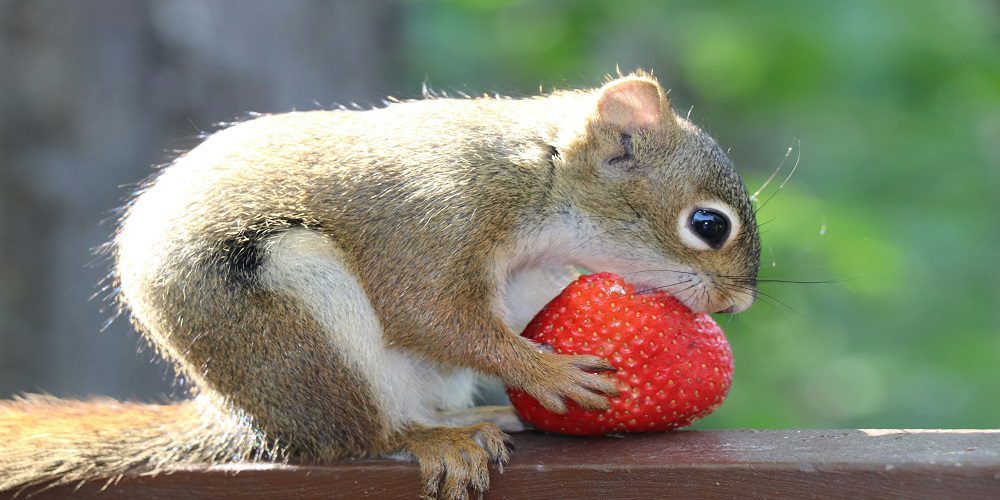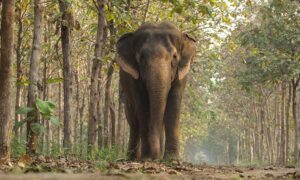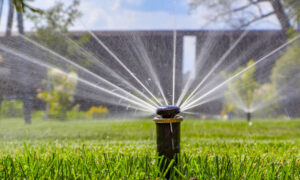Introduction
The practice of capturing wildlife in its natural habitat through photography is a subject that has been met with both admiration and controversy. On one hand, wildlife photography allows us to witness the beauty and diversity of animals in their natural environment, promoting conservation efforts and raising awareness about endangered species. On the other hand, it also raises questions about the ethical implications of invading the privacy of these creatures for the sake of capturing a perfect shot.
Challenges and ethics of capturing wildlife in its natural habitat
One of the biggest challenges faced by wildlife photographers is finding a balance between getting close enough to capture an intimate moment without disturbing or harming the animal. In order to get those jaw-dropping shots, photographers often have to use long lenses or even camouflage themselves to blend into their surroundings. This can be a tedious and time-consuming process, as it requires patience and respect for the animal’s space.
Another challenge is obtaining permits and following regulations set by local authorities when photographing endangered species in protected areas. These guidelines are put in place to ensure that photographers do not cause harm or disturbance to these vulnerable creatures. Failure to follow these rules can result in heavy fines or even imprisonment, highlighting the importance of ethical considerations when practicing wildlife photography.
Aside from technical challenges, there are also ethical concerns surrounding wildlife photography. The most pressing issue is the impact on animal behavior caused by constant human presence. Animals are known to become stressed or alter their natural behaviors when faced with human intrusion into their territory. This can lead to changes in mating patterns, resource allocation, and even migration routes, ultimately disrupting ecosystems and potentially causing harm to populations.
Furthermore, there have been cases where photographers have staged scenes or manipulated images for aesthetic purposes, which raises questions about authenticity and honesty in portraying nature through photography. It is crucial for photographers to adhere to strict ethical standards, such as not manipulating or interfering with an animal’s natural behavior for personal gain.
While wildlife photography offers endless opportunities for us to appreciate and learn about our planet’s diverse inhabitants, it also comes with significant challenges and ethical considerations. As photographers, it is our responsibility to prioritize the well-being of animals and their habitats above our desire for a perfect shot. By following ethical guidelines and respecting nature’s boundaries, we can continue to capture the beauty of wildlife while also promoting conservation efforts for future generations to appreciate.
Understanding the technical aspects of wildlife photography
Wildlife photography is a unique and challenging genre of photography that requires not only artistic skills but also technical knowledge. In this section, we will delve into the technical aspects of wildlife photography to help you better understand the intricacies of capturing stunning images of animals in their natural habitat.
1. Camera Equipment
The first and foremost requirement for wildlife photography is a good-quality camera with interchangeable lenses. Ideally, a DSLR or mirrorless camera with a telephoto lens ranging from 200mm to 600mm would be suitable for capturing close-up shots of animals from a safe distance. Additionally, investing in a sturdy tripod or monopod can provide stability while shooting in unpredictable environments.
2. Understanding Exposure
Exposure refers to the amount of light that enters the camera and determines how bright or dark an image will appear. In wildlife photography, mastering exposure is crucial, as lighting conditions can change rapidly when photographing moving subjects. It is essential to have complete control over exposure settings such as aperture, shutter speed, and ISO to capture sharp images without any motion blur.
3. Aperture
Aperture controls the amount of light entering the camera through the lens and affects depth-of-field in an image. A wider aperture (smaller f-number) creates a shallow depth-of-field, making your subject stand out from its surroundings by blurring out the background. This technique works well for portraits of animals where you want to isolate them from their environment.
4. Shutter speed
Shutter speed determines how long the shutter remains open during an exposure and affects motion blur in an image. For fast-moving subjects, such as birds in flight or running animals, using high shutter speeds (1/1000 sec or faster) can freeze their movements and produce sharp images.
5. ISO
ISO measures the sensitivity of your camera’s sensor to light and plays a significant role in low-light situations when you need to increase your camera’s sensitivity without compromising on image quality. However, higher ISO settings can introduce digital noise and result in grainy images. It is recommended to keep the ISO as low as possible while maintaining a good exposure.
6. Autofocus
Most modern cameras come with advanced autofocus systems that track and lock onto moving subjects, making it easier to capture sharp images of wildlife on the move. Understanding how to use different focus modes, such as single-point or continuous autofocus, can significantly improve your success rate when photographing fast-moving animals.
Conclusion
Having a thorough understanding of the technical aspects of wildlife photography is crucial for capturing stunning and impactful images. Practice using different camera settings in various lighting conditions and experiment with different techniques to find your own unique style in this genre of photography. Remember to always prioritize the safety and well-being of animals while pursuing your passion for wildlife photography.



































